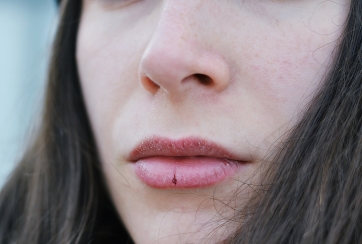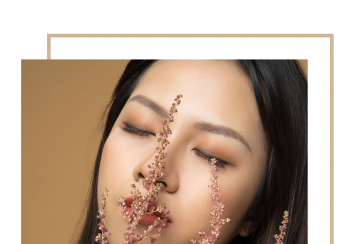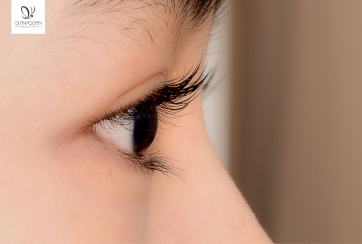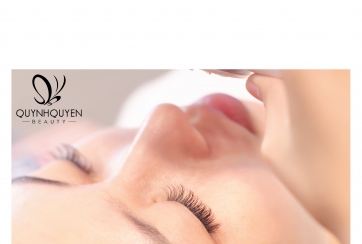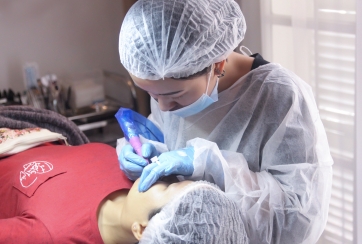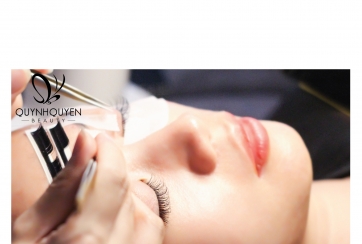
25/02/2020
Eyebrow microblading and everything you need to know
For most people, simply using an eyebrow pencil to fill in those sparse areas can do the trick and create the illusion of thick eyebrows. But what if you don’t want to spend the extra time getting ready in the morning? Or you simply want thick brows without the worry of them fading throughout the day—say, during your workout or at the beach? That’s where microblading comes in.
What is microblading, exactly?
Unlike a regular tattoo, microblading is a form of tattoo artistry where pigment is implanted under your skin with a manual handheld tool instead of a machine. FYI, the brow artist uses a pen-like tool outfitted with seven to 16 (or more) micro-needles in various configurations.
Does microblading hurt?
Your first microblading treatment will take the longest. Initial appointments can last 1.5 to 2 hours depending on the skill level of the artist, says Lee. This includes paperwork, consultation, and developing a plan for the brow shape you’d like to go for. You’ll have a numbing cream or other agent (like lidocaine) applied to the brow area and then the procedure itself will take 30 to 45 minutes.
Is microblading safe?
Even if your skin is healthy, you need to do your due diligence to find a skilled and reliable eyebrow artist. Earlier this year, a woman spent three days in the hospital because of complications from microblading. A few days after her appointment, her brow area grew red, painful, and swollen. She was eventually taken the ER for antibiotics and steroids.
 Microblading procedures are not regulated for safety, the inks aren’t tested, and I’ve seen a lot of complications, like infection, allergy, permanent scarring, and poor aesthetic outcomes. That may include unnatural looking brows or “block” brows (typically characterized by that harsh, square shape).
Microblading procedures are not regulated for safety, the inks aren’t tested, and I’ve seen a lot of complications, like infection, allergy, permanent scarring, and poor aesthetic outcomes. That may include unnatural looking brows or “block” brows (typically characterized by that harsh, square shape).
A dermatologist will never say a cosmetic tattoo is 100 percent safe, even if you see a qualified artist. No matter where you go, you need to watch for signs of infection. Minor redness (less than a centimeter around the treated area), itching, and minor crusting are normal, significant swelling, oozing, or pus is not.
Aftercare is essential
Aftercare means protecting freshly bladed brows from all moisture–no sweaty workouts, swimming, or washing your face with water for a whole week. If you get them wet, the scab comes off too early and you just lose the pigment.
Some patients experience itching and redness during the first week, which Vaseline can alleviate. Brows will look slightly darker at first, but the color will fade 30 to 40 percent. Aftercare ointments are provided during your first appointment.



